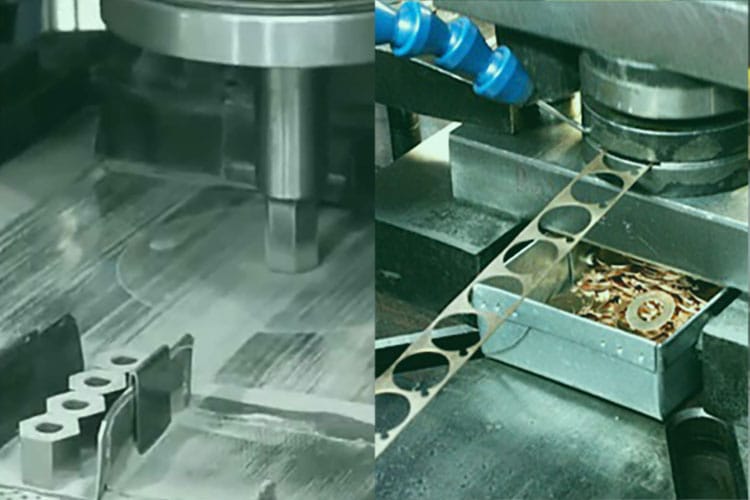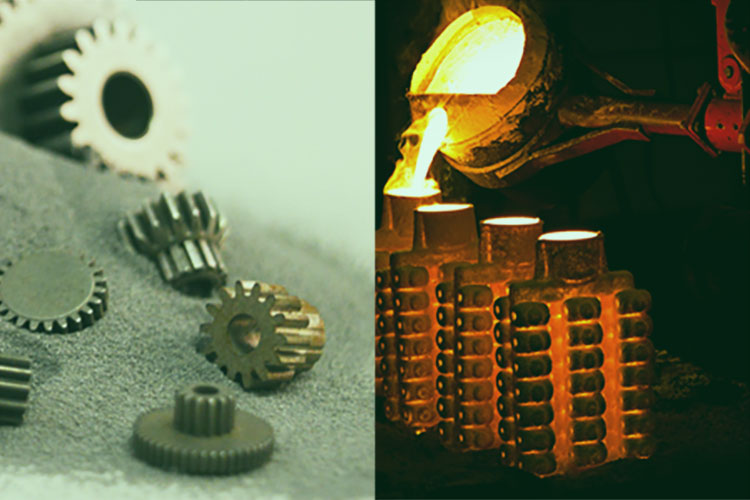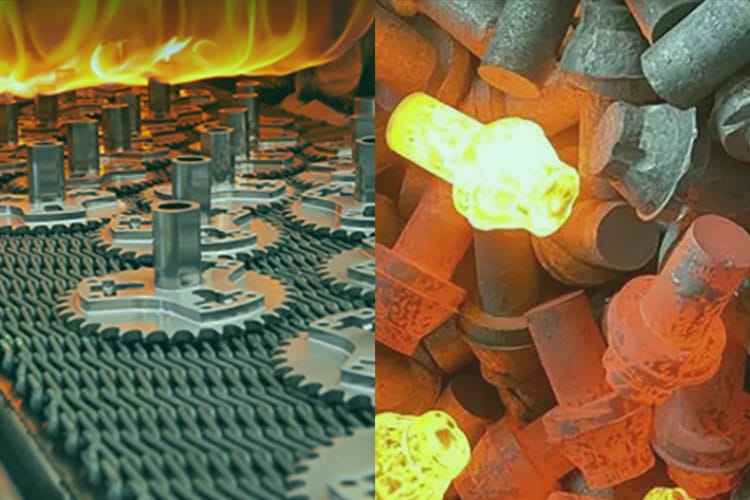When you choose a manufacturing process to produce precision metal parts, you need to weigh costs, time, quality, tolerances, production capacity, etc. Each manufacturing process has its own characteristics and areas of expertise.
Powder metallurgy (PM) and machining are two kinds of processes that are used for manufacturing these precision components. PM is cost-effective in manufacturing large quantities, while machining is more advantageous for small quantities.
In this blog, we will provide an in-depth comparison of powder metallurgy vs. machining. So, let’s read below:
Contents
What is Powder Metallurgy?
Powder metallurgy, as the name suggests, is a process that uses powdered metals to manufacture components.
The powdered metal is pressed in a die and then sintered in a furnace at a given temperature so that it turns into solid components.
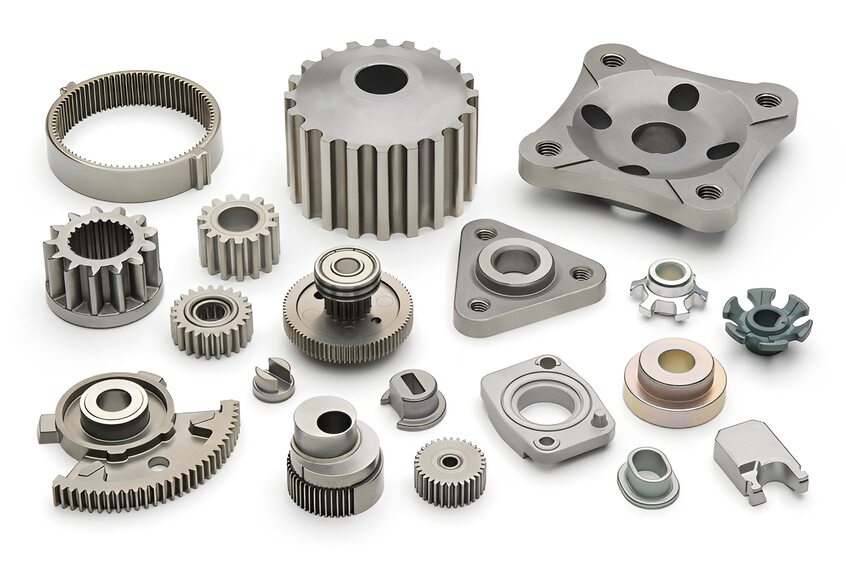
Advantages of Powder Metallurgy
Flexible Design Options
Powder metallurgy allows the manufacturing of all designs, even those with undercuts and internal cavities; hence, it offers to create complex shapes.
High Accuracy in Components:
Powder metallurgy is a suitable process that helps create uniform components which require high accuracy and surface finishing.
Less Wastage
Powder metallurgy is efficient and doesn’t waste material.
Versatility
Powder metallurgy is a versatile process, and it can be used for creating components with different materials, which comprise carbon fibres, stainless steel, and many non-ferrous metals.
Disadvantages of Powder Metallurgy
High Investment Cost
Powder metallurgy is expensive as its tools are quite costly. Hence it is only suitable for high-volume production.
Porosity
Powder metallurgy causes porosity on the components; additional processes may be needed to reduce it.
Limited Material Selection: Certain materials like exotic alloys or composite materials cannot be used in association with powder metallurgy; hence, such components cannot be manufactured using powder metallurgy.
What is Machining?
The machining process means a workpiece is fixed in the machine, and the excess material is removed to chive the required shape. This technique of machining composes of drilling, milling, turning, and grinding.
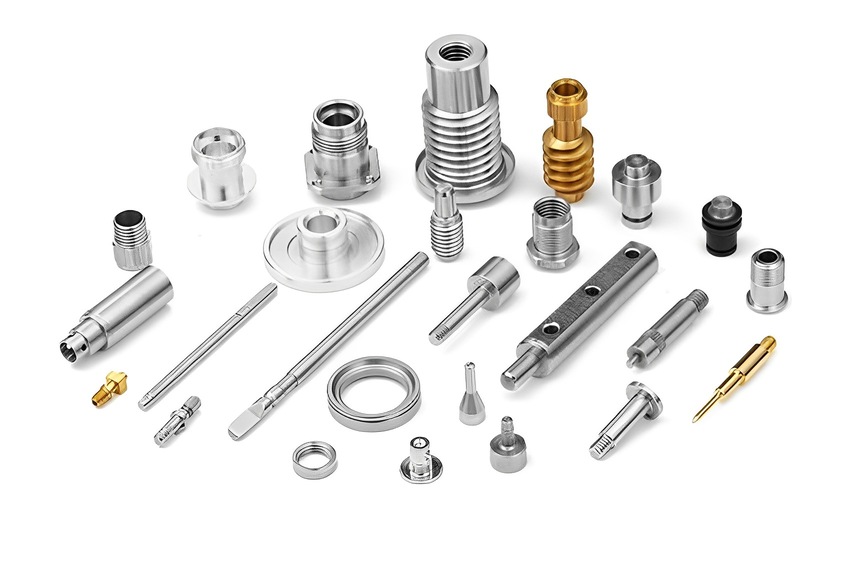
Advantages of Machining:
Highly Precise Components
Machining is a suitable method for manufacturing parts with tight tolerance; hence, this process is suitable when high precious is needed.
Seamless Surface Finish
Machining is a process that offers excellent surface finishing, and this makes components ready to use with either no or very minimal finishing processes needed.
Material Selection
Material selection for the machining process is high, and various materials may be chosen for manufacturing components.
Versatility
Machining is a versatile process, and hence plastics, metals, and all kinds of materials may be used, and multiple shapes and styles can be manufactured.
Disadvantages of Machining
Material Waste
Machining is a subtractive manufacturing process involving much material waste.
Limited Design Flexibility
Machining is unsuitable for components that comprise undercuts or have internal cavities; hence it can offer limited complexity in the components.
The two methods, powder metallurgy and machining have advantages and disadvantages, and the kind of process you may choose depends upon your application’s requirements.
Powder metallurgy offers benefits like utilizing the materials well and being flexible, whereas machining offers highly precise parts. So, depending on the production volume and required flexibility in design, you can select the process



